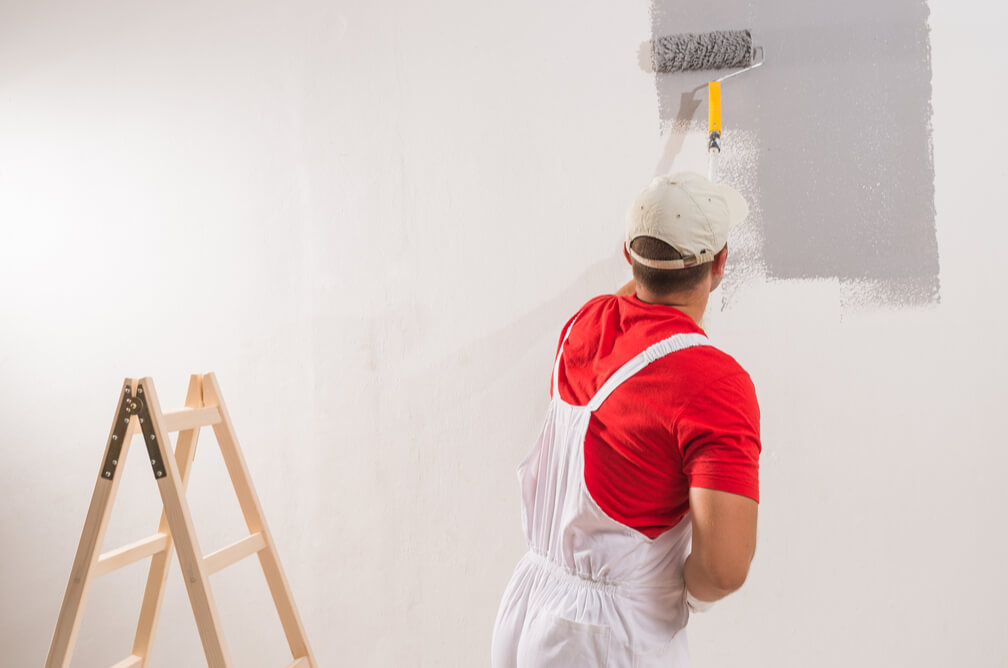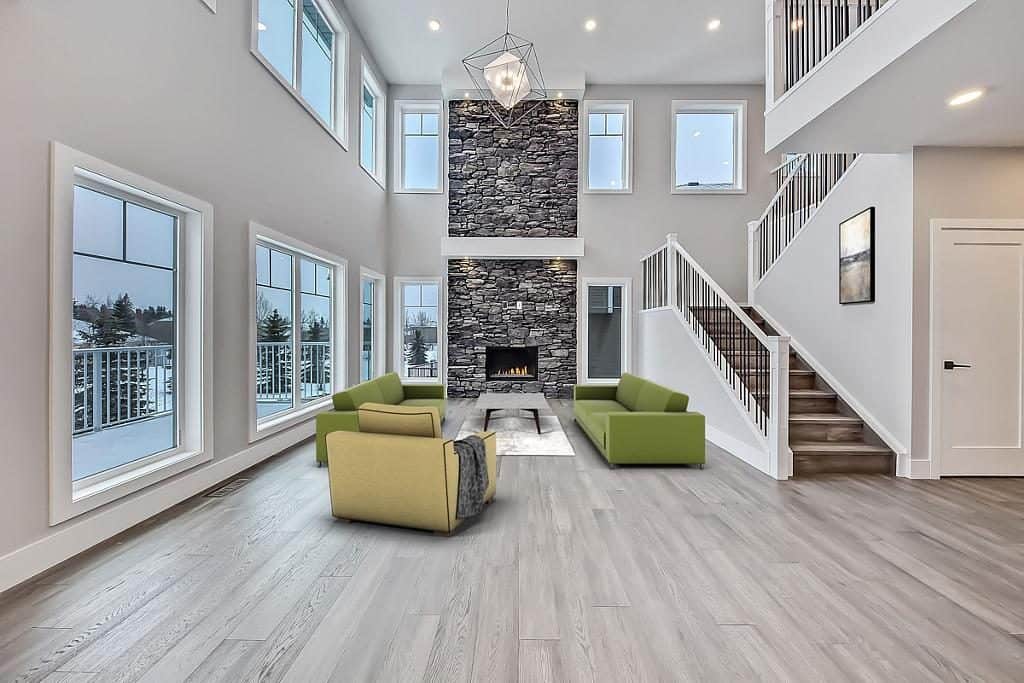Enhance Your Interior Decoration With Comprehensive Shade Appointment
The combination of color appointment right into indoor design offers a special chance to fine-tune and raise the visual and emotional vibration of a space. By engaging with an experienced shade consultant, you can navigate the intricacies of color option, ensuring that your selections not just enhance architectural attributes yet also reverberate with personal style and psychological influence.
Advantages of Color Appointment

Furthermore, shade assessment help in making the most of natural light and enhancing spatial assumption. Lighter shades can make a room show up even more extensive, while darker shades develop an intimate setup. Cleveland Metro Painting Specialists. This strategic application of color can dramatically influence the overall atmosphere of any interior room
Furthermore, specialist experts have a comprehensive understanding of ageless standards and current fads, making sure that the selected colors will remain appealing gradually. This insight can conserve clients from expensive redesigns in the future. Color appointment encourages clients by supplying them with a clear vision and instructions, fostering confidence in their layout selections and eventually leading to an extra successful and satisfying indoor style end result.
Comprehending Shade Psychology
The significance of shade psychology in interior decoration can not be overstated, as it dives into the psychological and psychological results that numerous hues can evoke in people. Colors can influence mood, habits, and also performance, making them a crucial consideration in any type of layout task.
As an example, warm colors such as red, orange, and yellow are frequently related to power and heat. They can stimulate feelings of excitement and comfort, making them ideal for social rooms like living spaces or kitchen areas. Alternatively, cool shades like blue, green, and purple tend to evoke peace and peace, making them suitable for bed rooms or reflection locations.
Furthermore, using neutral tones can create a balanced atmosphere by allowing the bolder shades to stick out without frustrating the senses. Understanding these emotional influences makes it possible for developers to develop areas that not only look cosmetically pleasing but additionally advertise emotional wellness.
Integrating shade psychology into interior decoration involves a thoughtful option of hues tailored to the desired feature of each room, eventually improving the overall experience for its owners. This recognition is important for attaining a unified and functional indoor environment.
The Color Wheel Clarified
Comprehending the relationships in between tones is crucial for efficient interior decoration, and the color wheel serves as a useful device in this procedure. The shade wheel, established by Isaac Newton in the 17th century, illustrates the range of shades organized in a circular style. It makes up main colors-- red, blue, and yellow-- that can not be developed by mixing other shades. Second colors, formed by integrating primaries, consist of green, orange, and purple. Tertiary colors you can look here arise from blending a main and a secondary shade, bring about shades such as red-orange and turquoise.
The shade wheel helps designers grasp the connections in between shades, consisting of complementary, comparable, and triadic schemes. Complementary shades, located opposite each other on the wheel, produce dynamic contrasts that can invigorate a space. Similar shades, located beside one another, supply a harmonious and natural look. Triadic plans utilize three equally spaced colors, supplying equilibrium and aesthetic rate of interest.
Using the shade wheel in indoor layout not just improves visual allure but likewise stimulates specific emotions and environments, making it a critical recommendation for color appointment. Recognizing these relationships ultimately encourages designers to produce rooms that are both functional and visually fascinating.
Selecting the Right Combination
Usually, picking the right combination is a decisive consider attaining an effective interior layout project. An appropriate shade system can unify a space, improve its features, and stimulate preferred feelings. To begin, think about the purpose of the area. Different spaces serve varied functions and need schemes that reflect their designated use; as an Source example, relaxing shades such as soft blues or greens function well in bed rooms, advertising relaxation.
Light can substantially change just how colors show up, so it is necessary to assess the space at different times of the day. An unified scheme needs to complement these attributes, developing a natural look throughout the area.
When choosing shades, make use of the 60-30-10 regulation, which recommends that 60% of the area must be a leading shade, 30% a secondary color, and 10% an accent color. This ratio makes sure equilibrium and visual rate of interest (Cleveland Metro Painting Specialists). Lastly, example shades on the walls prior to dedicating, as this allows you to see how the hues connect with one an additional and the total atmosphere they develop in your indoor style job.
Dealing With a Shade Specialist

When dealing with a color professional, the procedure typically starts with a preliminary appointment. Throughout this meeting, you'll review your vision, choices, and the existing elements in your space. The expert browse around these guys will assess your needs and might suggest certain shade schemes that line up with your goals.
After developing a direction, the expert will certainly give samples and visual help to help you imagine the proposed color pattern. This step is essential, as colors can show up differently under varying illumination conditions.
In addition, a shade consultant can assist you in choosing corresponding furnishings, artwork, and devices to balance with your picked palette. By collaborating closely, you can accomplish a polished aesthetic that raises your interiors and produces a welcoming ambience. Eventually, the proficiency of a shade consultant can dramatically boost the total effect of your layout task.
Verdict
In summary, comprehensive shade consultation works as a crucial device for enhancing indoor layout. By leveraging expert understanding of color psychology and spatial characteristics, a tailored color combination can be developed to evoke specific feelings and create a harmonious setting. This calculated method not just promotes a natural design narrative yet likewise reduces the risk of pricey redesigns. Ultimately, engaging with a shade specialist makes certain an informed and aesthetically pleasing outcome, elevating the total experience of the room.
By engaging with a seasoned shade professional, you can navigate the intricacies of shade option, making certain that your choices not only complement building functions yet also resonate with individual style and psychological effect. It makes up main colors-- red, blue, and yellow-- that can not be produced by blending other colors.The shade wheel aids designers realize the relationships in between shades, consisting of complementary, similar, and triadic plans.When selecting shades, use the 60-30-10 policy, which suggests that 60% of the space ought to be a dominant shade, 30% a secondary color, and 10% an accent color. By leveraging specialist understanding of shade psychology and spatial dynamics, a customized color combination can be developed to evoke details feelings and produce an unified setting.